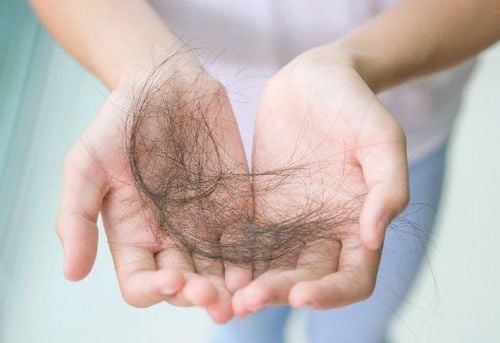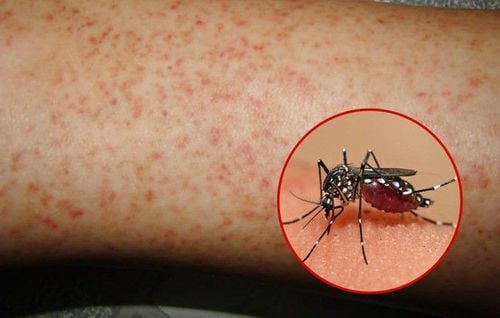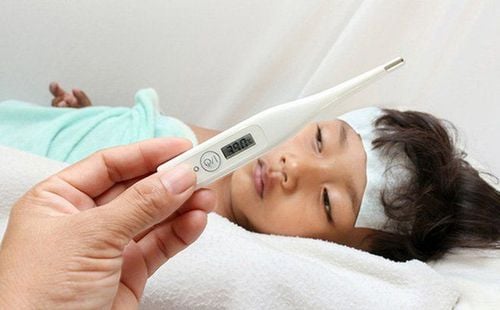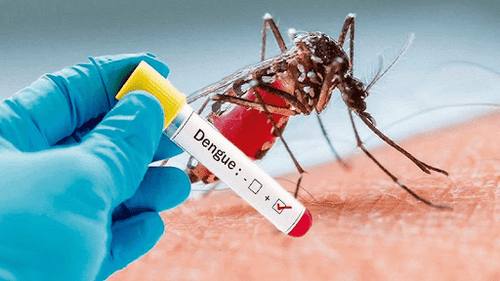This is an automatically translated article.
The article was professionally consulted by Doctor Tran Thi Phuong Thuy - Hepatobiliary specialist, Vinmec Times City International General Hospital.Dengue fever is now breaking out again, with an increasing number of people infected. Dengue fever is not spread directly from person to person through contact or inhalation. When living in an epidemic area with many infected people, the risk of infection is high. To proactively prevent the disease, let's find out what dengue fever is, and how is it transmitted?
1. What is Dengue fever?
Is an acute infectious disease caused by dengue virus that can spread into large epidemics. The disease usually occurs in countries located in tropical and subtropical climates. In Vietnam, the disease is widespread in both urban and rural areas. The disease usually occurs mainly in the rainy season.
Dengue virus belongs to the genus Flavivirus, including 4 subtypes designated as D1, D2, D3, D4. All four types can cause disease and they often alternately cause outbreaks. These 4 types do not have cross-immunity, so when a patient has 1 of 4 types, there is still a chance of being re-infected by other types.
2. Dengue fever is transmitted by which way?
According to the Department of Preventive Medicine (Ministry of Health), dengue fever is transmitted through 2 ways including:2.1 Transmission by mosquito bites is the most common route of transmission.
The vector of dengue fever is the aedes mosquito, also known as the midges mosquito. After biting, the mosquito bites the blood of a patient with dengue fever or a patient who carries the dengue virus but does not show any symptoms (a healthy person carries the disease), and then bites a healthy person, it will bring the virus into the body of a healthy person through the bite. there.Features of aedes mosquitoes:
There are two types with scientific names, Aedes aegypti and Aedes albopictus, in which the Aedes aegypti mosquito is the main causative agent of the disease in circulating outbreaks. Aedes mosquitoes are black, have white spots on their bodies and legs, so they have another name: midges. Female striped mosquitoes are usually only active and bite people during the day, the strongest is in the early morning and evening. Usually reside in dark corners in the house, on clothes and household items. Mosquitoes breed and lay eggs in areas with standing water such as ponds, lakes, in water containers... Mosquitoes thrive in the rainy season, when the monthly average temperature is above 20oC. Temperature The higher the number, the higher the mosquito breeding capacity.
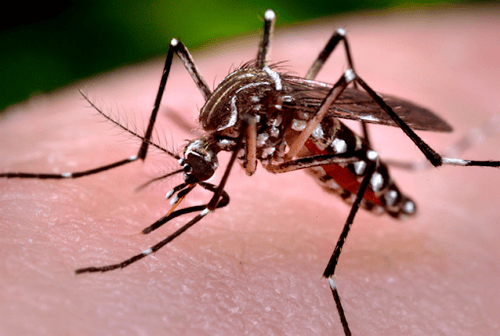
2.2 Spread through blood collection or sharing needles
Can cause disease if blood is taken from a carrier and transmits it to a healthy person or when a healthy person and an infected person share needles. This route of transmission is less common than through mosquito bites.
2.3 Uncommon routes of transmission
Hospital transmission : Virus can be transmitted through blood products, exposure to needle lesions, mucosal lesions. Asymptomatic blood donors can also carry dengue virus in their blood. Vertical transmission: In some cases, a mother carrying the dengue virus in her blood (who became ill within 10 days of birth) can pass the virus on to her baby at birth. The disease can manifest in infants when the child is 4-11 days old.
3. How to prevent dengue fever according to the Department of Preventive Medicine - Ministry of Health
3.1 The best way to prevent disease is to kill disease vectors: kill mosquitoes, larva, larva by
Eliminate mosquito breeding places, cover water containers Put fish in water containers to kill larvae, larva Change small and medium water containers regularly Collect and destroy items waste in the house and around the house to avoid standing water such as bottles, jars, bottle fragments, butter pipes, coconut shells, old tires / tires, bamboo niches, leaf sheaths..., clean up the environment, clear the bushes , turn water containers upside down when not in use. Change the water in vases/cotton vases regularly to prevent mosquitoes from laying eggs.
3.2 Prevent mosquito bites by
Wear long clothes. Take off the net when sleeping, regardless of day or night Use mosquito repellent, mosquito scent, apply mosquito repellent cream, use mosquito nets.... Use mosquito nets impregnated with mosquito repellents For people with dengue fever to lie in mosquito nets to avoid mosquito bites infect others. Actively coordinate with the authorities in spraying insecticides to fight against the epidemic.

Please dial HOTLINE for more information or register for an appointment HERE. Download MyVinmec app to make appointments faster and to manage your bookings easily.
Compiled from the source: Department of Preventive Medicine - Ministry of Health




